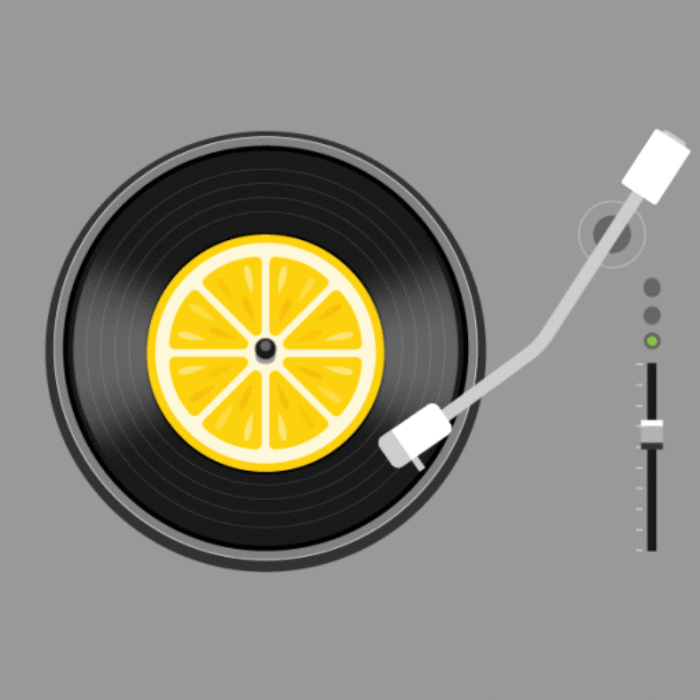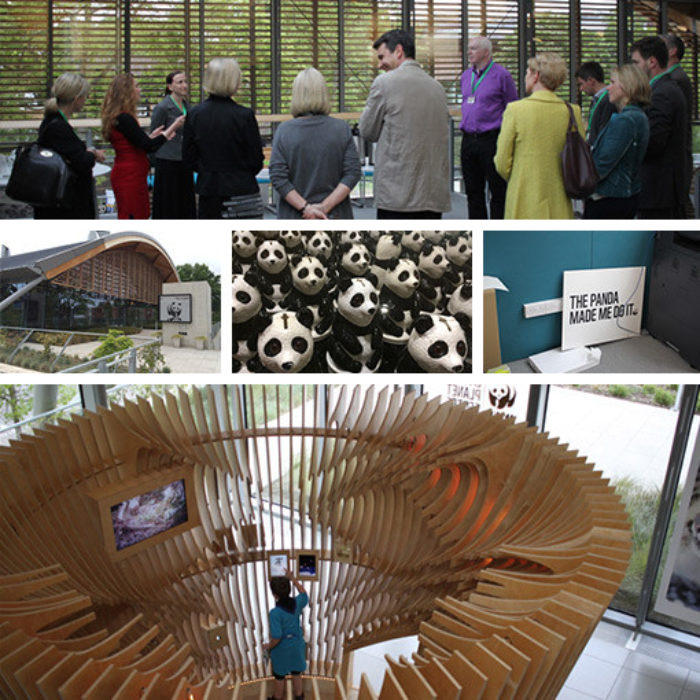A new injection to improve mental health
“What you are proposing is a radical change in how organisations function,” says the HR Director of an international business. “Where do you begin?” he asks me.
“You choose,” I reply. The old model of a top-down transformational culture change programme is only one option. You can choose to be messy. Start where it’s easiest or has the most impact or the most support from your leadership team.
You could, for example, start with setting up peer-group networks, articulating your beliefs, making your reception areas more human, using human reportage style photography, encouraging storytelling, or by applying micro-behaviours. For example, Diana Reynolds who leads culture change in the civil service in Wales opens every meeting with two questions: “What do you think is the purpose of this meeting?” and “How do you feel today?”.
This discussion occurs in a session I’m leading with the members of the City Mental Health Alliance (CMHA) – a not-for-profit membership organisation helping to build mentally healthy workplaces. Its work is essential, as one in four people experience mental health issues each year with the financial impact quantified as around £45bn annually in the UK alone. Members of the CMHA include many big-name businesses such as NatWest, PWC and Bank of America.
A need for action
In 2021, I launched a report called “The Human Organisation” exploring how far short our organisations were from being fully human. Since then, the evidence has been mounting up on the need for action. The vast majority of employee office-workers say they need a better reason to return to the office than company expectations. Contact with colleagues is seen as the main incentive. Research by EY and the Oxford Said Business School concluded that a strategy of putting humans at the centre of transformational change projects almost tripled the odds of success.
Since then, hundreds of business leaders have joined me in sessions exploring the opportunities of becoming more human. Benefits include attracting and retaining employees, improving wellbeing, creating more innovative cultures and improving organisational resilience. Leaders have been asking for practical guidance. Now we have it. It includes a new culture change model, a new online cultural diagnostic tool using human and artificial intelligence (I call it extended intelligence), and practical guidance for managers (in a new discipline I am calling humanagement).
A powerful remedy
Some of the practices are likely to challenge. For example, placing as much emphasis on our social nature as our individual nature, including the customer experience as a part of internal culture, or basing reward systems on a deeper understanding of the body’s neurochemicals. But all of the practices are built on a deep understanding of the fundamental motives that drive each of us as humans.
Anastasia, the inspirational head of workplace wellbeing at the CMHA, asks me if the ideas I am proposing differ as cultures differ. The answer is no, and yes. The primary human motives are common across every culture. There is a need to overlay differences based on life-stage, age, sex, culture and belief, but the practices work for everyone in every organisation. It may not be the same kind of injection as the Covid jab, but regular injections of humanity are a powerful remedy for human wellbeing.
To set up a 15-minute chat to see how these ideas might help you, contact Elaine Smith on elaine.smith@corporateculture.co.uk
To learn more about how we deliver health and wellbeing behaviour change head here.




